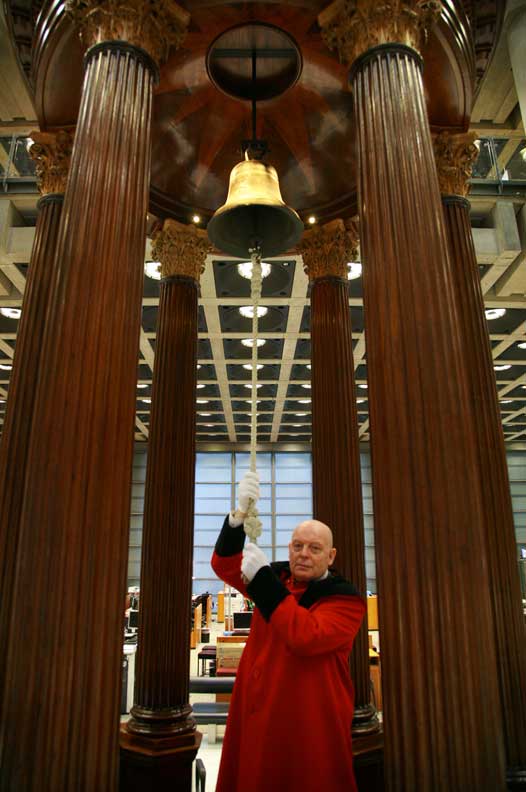In 1799, Hamburg's economy was on the brink of collapse. HMS Lutine, a majestic French Navy Magicienne-class (32-gun) frigate which had been captured and now belonged to the British Navy, was ordered to deliver a vast sum of gold and silver, collected by City of London merchants, to the German port, as funds to prevent a stock market crash.
It’s rumoured that the ship also carried the Dutch crown jewels, en route from repair in London. Lloyd’s underwriters insured the Lutine’s highly valuable cargo.
On the evening of 9 October, during a heavy north-westerly gale, the Lutine was dragged by the tide onto notoriously dangerous sandbanks off the Dutch coast, where she was wrecked in the breakers and all but one of her 240 passengers and crew were lost.
Captain Lancelot Skynner went down with his ship, and it was left to the Commander of the Squadron, Nathaniel Portlock, to inform the Admiralty of his ‘extreme pain’ at the loss. He wrote: ‘I shall use every endeavour to save what I can from the wreck, but from the situation she is lying in, I am afraid little will be recovered.’
Divers still hunt for the lost treasure, but if there is one light in all this darkness, it is that Lloyd’s, under the leadership of skilled underwriter John Julius Angerstein, paid the claim in full, and just two weeks after the disaster. It was the Lutine that created Lloyd’s reputation for paying valid claims – and for having the financial wherewithal to withstand a loss of such significant proportions.



